Props to anyone who got the Ice Nine Kills reference in the title of this post. I like to keep it intertextual (check out James Porter in Intertextuality and the Discourse Community for a solid definition of this word).
Today friends, I am here to wrap up this study of #PLL and what I have determined based off of my results.
First and foremost, I’ve said it before and I’ll say it again,Pretty Little Liars has a huge fan base. There was definitely a lot for me to look through and observe. I found it very fascinating that this show reaches so many different countries and is translated into so many different languages. This made it a bit of a challenge to translate and understand everything! I noticed that if a tweet about #PLL was written in another language, there was less of a chance of it being a retweet.
Secondly, I found that a good majority of the tweets that include this hashtag, are predominantly retweets. Fans are constantly retweeting everything between theories, articles, news, reactions, and pictures. This is how information gets spread so quickly. The producer or actors will tweet a clue or a piece of news and it will get retweeted hundreds or thousands of times in a very short span of time.
A lot of the other tweets are just statements or exclamations, not necessarily an attempt to start a conversation or to communicate with others.
 While coding my tweets, there were definitely usernames that popped up time and time again. In the image to the left, we can see that user sarah052794 tweeted 138 times within the span of a week. We can also see that 100% of her tweets were actually retweets. User pllfinale tweeted 173 times, all responses to another user using @reply method.
While coding my tweets, there were definitely usernames that popped up time and time again. In the image to the left, we can see that user sarah052794 tweeted 138 times within the span of a week. We can also see that 100% of her tweets were actually retweets. User pllfinale tweeted 173 times, all responses to another user using @reply method.
Something else I looked into was the social media spaces associated with #PLL. This took me to lots and lots of websites. (Check out my blog post about this). Some of them were news sites, others were fan made blogs, and some were gossip pages. I did a lot of digging around on Facebook and Instagram too. Just search “Pretty Little Liars” and I guarantee that you’ll find more than you were looking for.
One thing that I struggle to wrap my head around still, is the idea of Twitter being a source for a community. Does everyone who uses the hashtag #PLL belong to a cluster or group of people? Are PLL fans considered a community through Twitter?
Howard Rheingold in The Virtual Community defines
Virtual communities as: social aggregations that emerge from the Net when enough people carry on those public discussions long enough, with sufficient human feeling, to form webs of personal relationships in cyberspace.
This makes me rock my head back and forth and go “ehhhhhhh… maybe”. 
I wouldn’t say I have personal relationships with these strangers on Twitter who just so happen to tweet about a common subject. So no, Twitter does not make a virtual community for #PLL lovers, well at least not according to Reingold’s definition.
What does Twitter do for the TV show Pretty Little Liars? Well, a lot actually. The fact that the producer Marlene King does Q&A (Question and Answer) sessions with fans makes people want to get a Twitter account so they can be in on the action. Also, the network abc family hosts live chats with some of the main actors. They ask fans to tweet their questions and responses. Who wouldn’t get a Twitter in an attempt to chat with @Tylerjblackburn?
As if all of these attempts to communicate within the fandom isn’t enough, the network abc family posts up relevant hashtags in the corner while the show is being aired. It’s as if the network and the show are both promoting Twitter as a means of communicating about the show.
 #Ezrasnewfamily
#Ezrasnewfamily
#Ismelldeadpeople
What I’ve learned from researching the Twitter usage in regards to #PLL is that is actually is a very good way to network about the show. Fans retweet important things that help out other fans get bonus insights or clues. My favorite aspect of this “Twitter family” is that I can share my theories and also read other theories. This helps me adjust my opinions and suspicions of characters. When I find something mind-blowing, I will tweet it @ my friends or other well known followers and fans. Without Twitter, I wouldn’t have the information and resources that I have. I definitely wouldn’t be the super fan that I consider myself.
So, thanks Twitter ❤
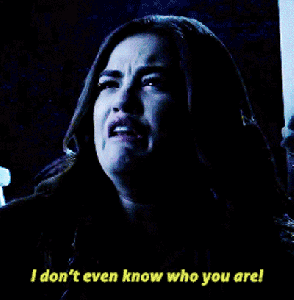 cers and cast of the show kept building up the suspense of finding out who A really was and the ending was a huge let down. It ended up being a character named Charles, a character who has never been mentioned or seen before. I, along with many other viewers were expecting a repeating, popular character of the show to be the villain.
cers and cast of the show kept building up the suspense of finding out who A really was and the ending was a huge let down. It ended up being a character named Charles, a character who has never been mentioned or seen before. I, along with many other viewers were expecting a repeating, popular character of the show to be the villain.![]()
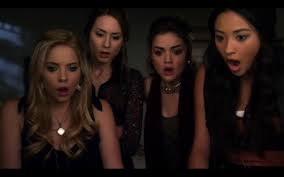
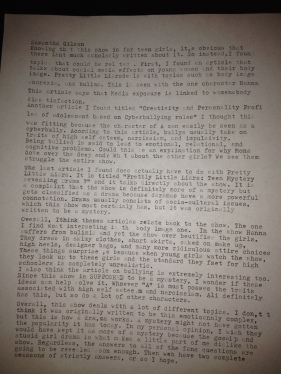

 look like on a regular day when writing. Except, I normally do most of my writing (and occasionally my best) when its past 10 o’clock at night. I am also a girl, not the guy in this picture. I like to put myself in a comfortable, warm, and soft environment away from people. Me, my bed, and my laptop. We make a wonderful love triangle.
look like on a regular day when writing. Except, I normally do most of my writing (and occasionally my best) when its past 10 o’clock at night. I am also a girl, not the guy in this picture. I like to put myself in a comfortable, warm, and soft environment away from people. Me, my bed, and my laptop. We make a wonderful love triangle.
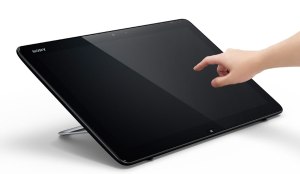
 would be able to use the stylus to click and hold onto words and drag them into a different place, almost like cutting and pasting, but it would be my electronic hand writing that I would be able to edit and move around.
would be able to use the stylus to click and hold onto words and drag them into a different place, almost like cutting and pasting, but it would be my electronic hand writing that I would be able to edit and move around.
 While coding my tweets, there were definitely usernames that popped up time and time again. In the image to the left, we can see that user sarah052794 tweeted 138 times within the span of a week. We can also see that 100% of her tweets were actually retweets. User pllfinale tweeted 173 times, all responses to another user using @reply method.
While coding my tweets, there were definitely usernames that popped up time and time again. In the image to the left, we can see that user sarah052794 tweeted 138 times within the span of a week. We can also see that 100% of her tweets were actually retweets. User pllfinale tweeted 173 times, all responses to another user using @reply method.



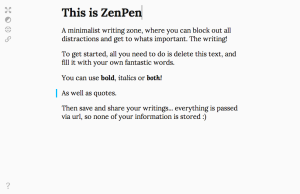 reen mode, blocking out all things on a computer that cause the brain to wander. Those two elements would definitely be a part of my writing space if I were to create one.
reen mode, blocking out all things on a computer that cause the brain to wander. Those two elements would definitely be a part of my writing space if I were to create one.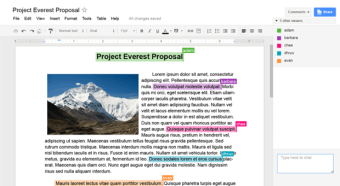
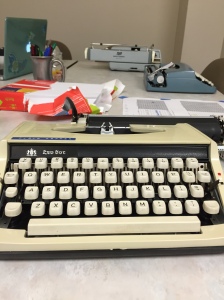 no idea what that meant. A classmate of mine brought it to our attention that the theme was the Muppets, something that I have heard about but knew nothing of the characters or concept.
no idea what that meant. A classmate of mine brought it to our attention that the theme was the Muppets, something that I have heard about but knew nothing of the characters or concept.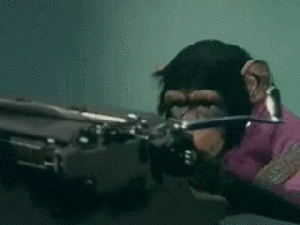
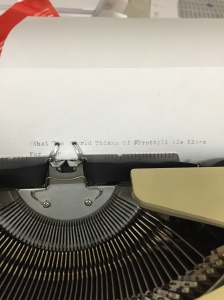 gers cramp as you type. It was hard for me to adjust to pushing the keys hard enough to get the letters to show up. I had to go back on several of the letters and go over them. My problem when I pushed hard on the keys, they would either get stuck in the down position, or my fingers would get stuck in between the keys on the keyboard. It happened multiple times and it is pretty painful. I should have used a typewriting for dummies
gers cramp as you type. It was hard for me to adjust to pushing the keys hard enough to get the letters to show up. I had to go back on several of the letters and go over them. My problem when I pushed hard on the keys, they would either get stuck in the down position, or my fingers would get stuck in between the keys on the keyboard. It happened multiple times and it is pretty painful. I should have used a typewriting for dummies